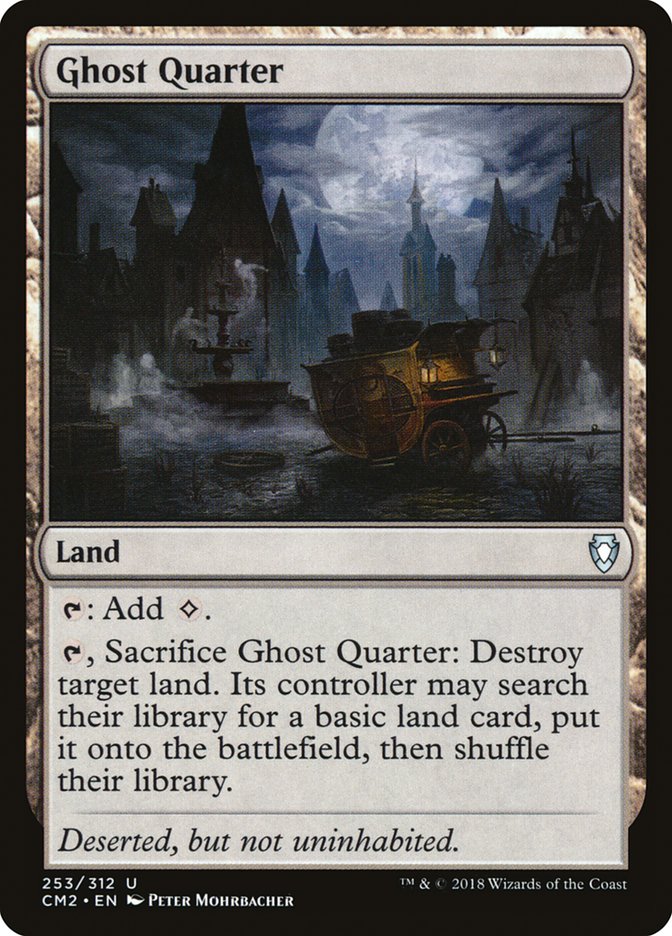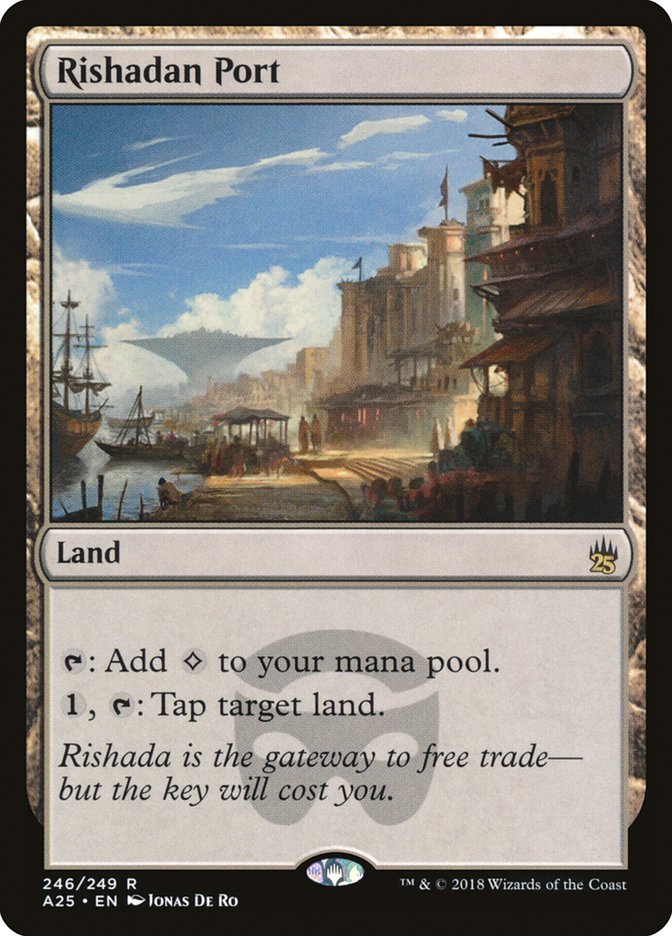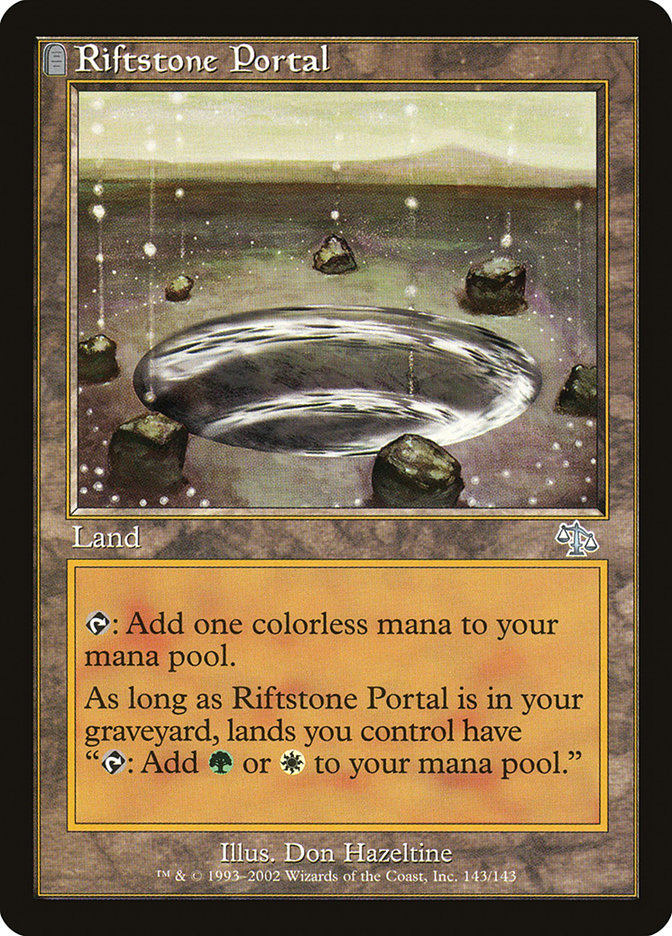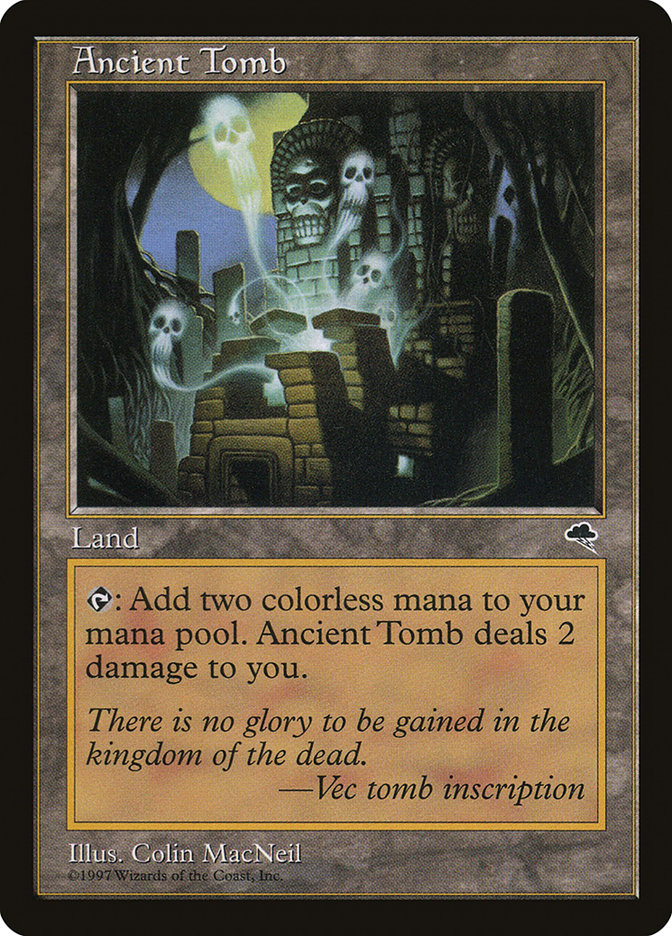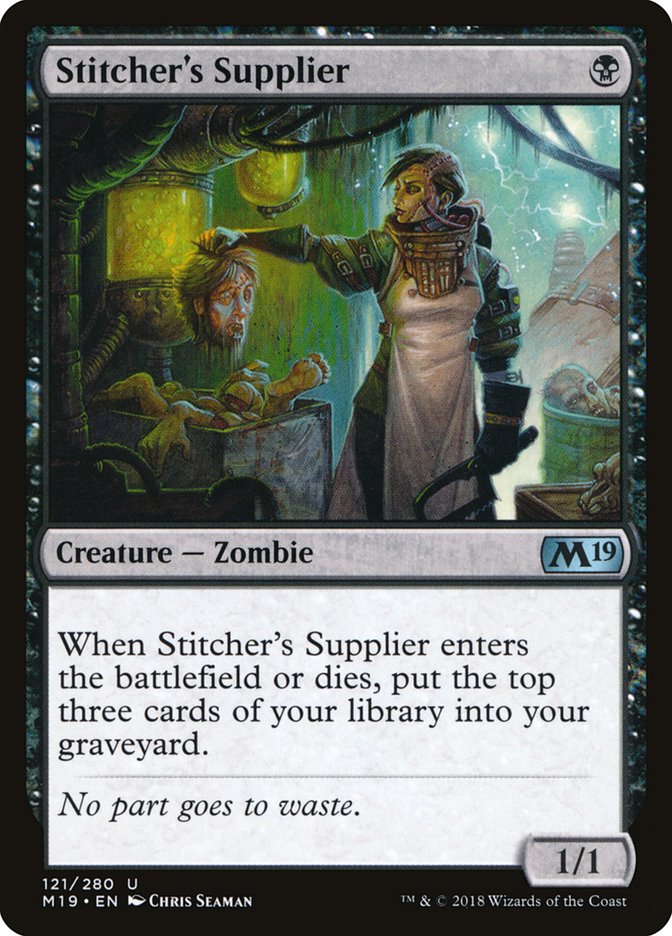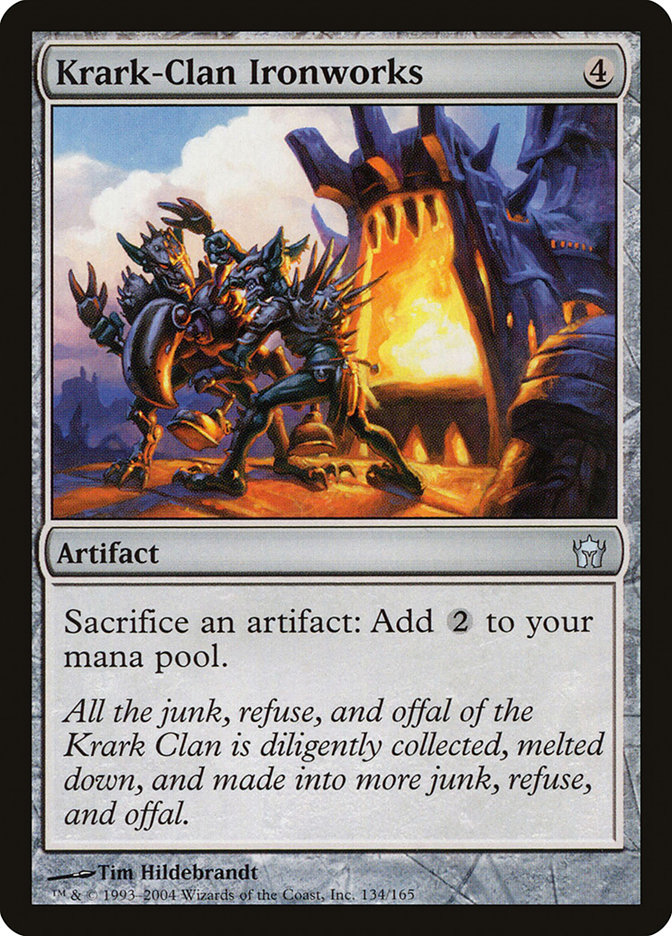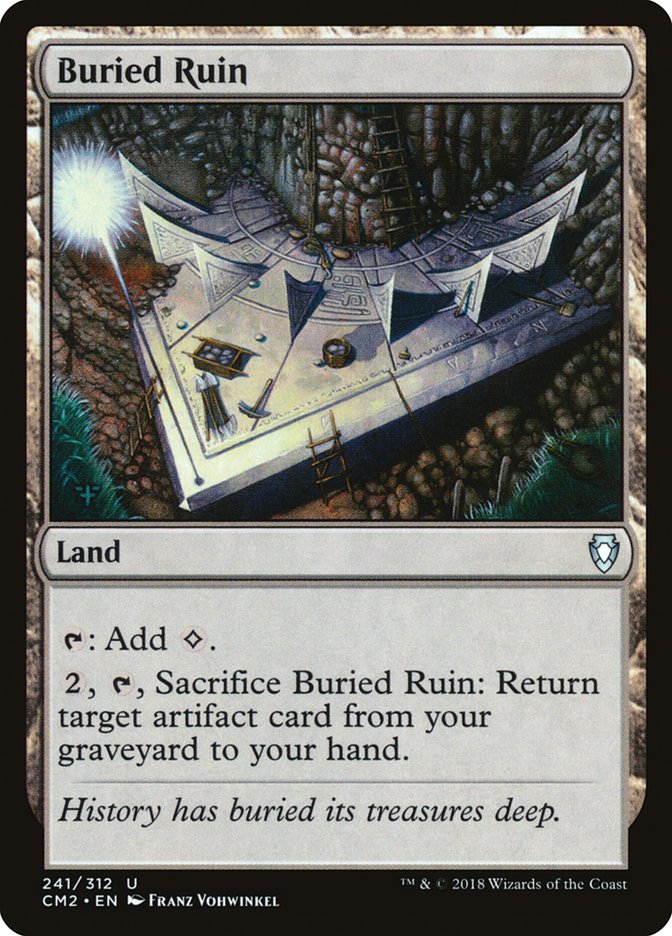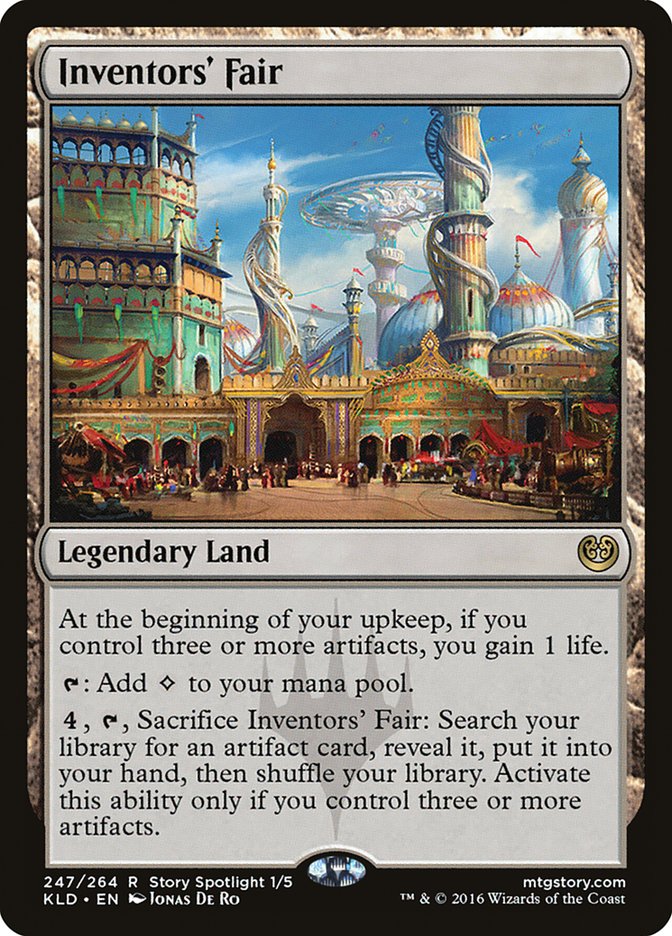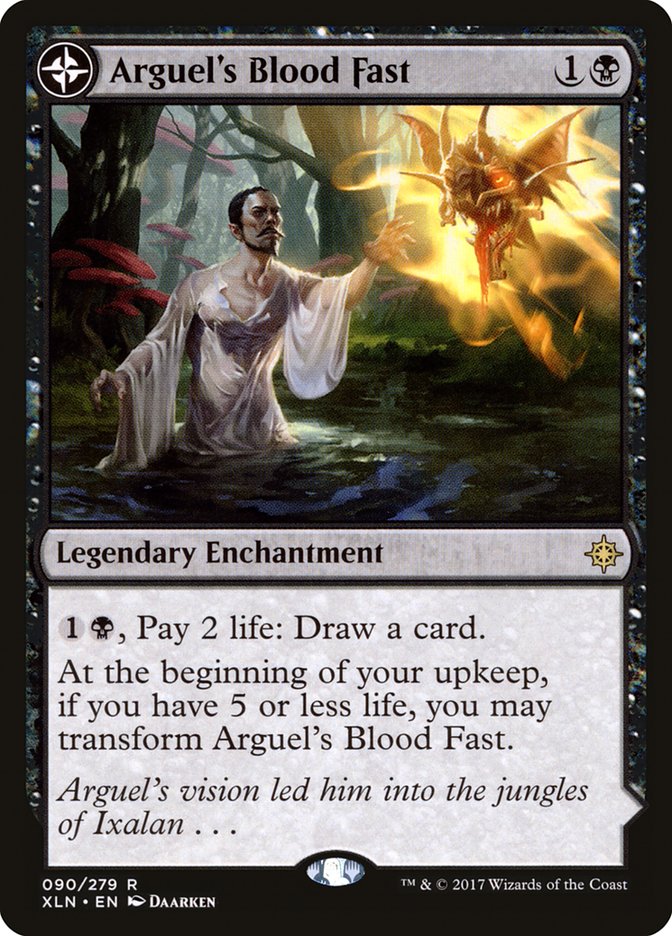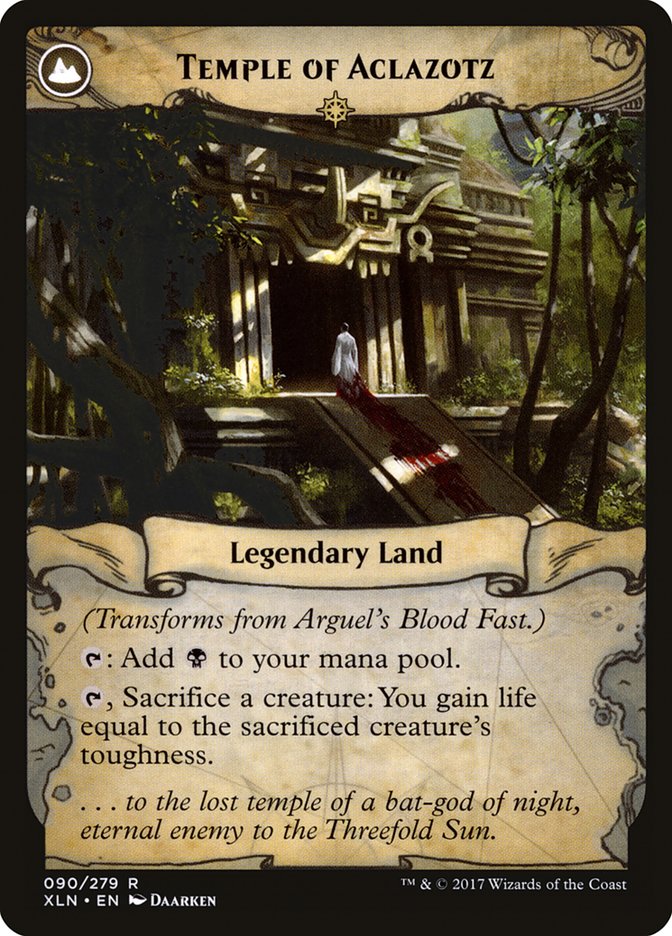I won’t be attending SCG Worcester this weekend, but today I’d like to
discuss which decks I’d want on my team if I were playing. However, I’m
going to include a bit of a twist; for each format, I’ll talk about what
I’d be playing if I just wanted to win as often as possible, but also what
I’d be playing if I wanted to have fun. Understand that for me, winning is
definitely a lot more fun than losing, so I wouldn’t play a deck I thought
didn’t have a chance, but sometimes you can give up a little bit of win
percentage to play much sweeter games, and with the right team at an event
like a stop on the SCG Tour, I could certainly see myself choosing to make
that kind of trade.
Legacy
There’s a vocal contingent of pros who think if you’re not playing
Brainstorm, you’re not really trying to win in Legacy. I’m not among them.
If I were playing to win, I’d want Lands on my team.
Deathrite Shaman was good against Lands because it let its controller both
attack the Lands player’s graveyard and offered additional mana to
counteract Wastelands. Deathrite Shaman is banned, so Lands is better, this
is simple – but wait! Maybe Deathrite Shaman was propping up decks that
were bad against Lands and without it there will be less of them, and maybe
people will play more other decks that are good against Lands.
Whenever a change happens, or even just when time passes, it feels natural
to fear that things have gotten worse for you; as a player who already
thought Lands was good, it’s easy for me to fear any disruption to that
status quo, but I remember Legacy before Deathrite Shaman, and people
played Brainstorm/Delver decks all the time and they’re still going to play
those decks now, but they’ll tend to be weaker against Lands than they were
with Deathrite Shaman.
As to fears of a massive rise of combo decks that prey on Lands? Show me. I
don’t believe Legacy can change that fast, and Gitaxian Probe getting
banned hurts most combo decks anyway. Yeah, there will be more Reanimator
strategies, but I’m not sure those matchups are really all that bad.
I’d certainly make some changes as a result of the bans though. This is
what I’d play:
Lands (36)
- 1 Forest
- 1 Wooded Foothills
- 4 Wasteland
- 2 Taiga
- 1 The Tabernacle at Pendrell Vale
- 1 Karakas
- 1 Barbarian Ring
- 2 Maze of Ith
- 1 Tranquil Thicket
- 1 Glacial Chasm
- 3 Rishadan Port
- 1 Riftstone Portal
- 1 Ghost Quarter
- 4 Dark Depths
- 4 Grove of the Burnwillows
- 1 Misty Rainforest
- 1 Verdant Catacombs
- 1 Bojuka Bog
- 4 Thespian's Stage
- 1 Sheltered Thicket
Spells (24)

Compared to
my deck at Grand Prix Seattle
, I’ve replaced three Ghost Quarters with Rishadan Ports and Ancient Tomb
with Riftstone Portal. In the sideboard I’ve replaced a Tireless Tracker
and a Chalice of the Void with two Surgical Extractions.
I believe that Deathrite Shaman increased the number of decks that had no
basic lands by a considerable amount because it let players stretch the
number of colors they could play and gave them a different kind of play
against Wasteland that minimized the extent to which they needed to rely on
access to basic lands to fight against mana denial strategies. Now I expect
a lot more matchups where Ghost Quarter isn’t very good, and
correspondingly more places where Rishadan Port will be a much better way
to deny your opponent mana.
The reason I haven’t switched to all Rishadan Ports is that I think this is
a predictable and expected change and people can exploit it by playing more
Turbo Depths, and I don’t want my opponent to be able to use a single
Pithing Needle on Wasteland to make it impossible for me to destroy their
lands, so I want a Ghost Quarter to have access to a differently named
version of that effect.
Riftstone Portal replaces Ancient Tomb because both cards allow you to
activate Thespian’s Stage on Dark Depths faster, but Riftstone Portal is
more powerful when your opponent is less likely to effortlessly remove it
from your graveyard. Losing Ancient Tomb does prevent some of the most
explosive Crop Rotation plays, but I think this is better for the deck
overall.
I’m wondering about cutting the second Maze of Ith to make room either for
Ancient Tomb or the fourth Rishadan Port, but for now I’d keep it as is
just to be safe.
In the sideboard I wanted to make room for Surgical Extraction to further
hedge against a surge in popularity of graveyard strategies. That’s really
all that’s going on there.
I expect more opposing creature + Rishadan Port strategies, like Death and
Taxes and Goblins, and I expect more Miracles style control decks. I think
the change to playing Rishadan Ports helps a lot against the Miracles
decks, and I think the core engine is good against the Rishadan Port decks.
It’s hard to be confident about where Legacy is going, but I’d feel good
about bringing Lands to this event.
If I were playing for fun, I hope you know that Stitcher’s Supplier would
be in my deck.
ScavengingBooze took a deck very similar to what I wrote about in
my last article
but with Gurmag Angler, Bitterblossom, and an extra land instead of Scourge
of Nel Toth and Burning Inquiry to a top 16 finish in last weekend’s Legacy
Challenge on Magic Online. Full Disclosure, I have no idea what that finish
means in that event. For all I know, that could mean they went 7-2 or it
could have been a tiny event where they went 2-3, but I’ll choose to read
it as an indication that that deck still has some chops.
My precise list at this point would probably be:
Creatures (19)
Lands (20)
Spells (21)

I still haven’t played with Scourge of Nel Toth, but it still looks good to
me on paper. I think Collective Brutality is a much better plan than
Burning Inquiry, and I don’t know how I convinced myself to only play one
Surgical Extraction in
my article last week
. Four would probably be better than two or fewer.
I’ve gone over what this deck does and I basically just love playing it
enough that I’d register it and hope for the best. I think Lands is kind of
broken beyond belief; it attacks from so many different angles and uses its
resources so well that I kind of feel like playing something else has to be
a mistake, but this deck is still more fun for me to play, and I feel like
there’s more tuning to be done, so I’d just really enjoy seeing games play
out just to figure out how good the deck is and whether it can be improved.
Modern
If I’m playing to win, I’d play Ironworks. This is another place where I
think it’s possible for the metagame to adjust, but I’d rather be a week
behind than a week ahead; that is to say that I think the deck is so good
that it’s better to play it until people concretely demonstrate that
they’re ready rather than to abandon ship because I think they must have
figured it out by now.
It was the same way with Amulet before Summer Bloom was banned. At first it
was like, “okay, this deck is great and people don’t really understand it
and haven’t tested it, this is fantastic” and we played it and did really
well with it. So then for the next event it’s like, “okay, well, this deck
is still probably good enough even if people know about it” and I’m less
optimistic, but I play it anyway, and it still does well. Then any time
someone asks what to play, I tell them to play it, and yeah, maybe it’s
worse than it was the previous week, but it’s still the best thing and
people haven’t adjusted enough.
Going into GP Vegas, which Matt Nass won with Ironworks, he said he was
going to play it but he didn’t think it’d be well-positioned after his
previous win with it. I told him there was no way a huge tournament like
Vegas would meaningfully adapt that quickly, and he should expect it to
feel basically like a continuation of the previous tournament with an
identical metagame.
Ironworks is too good. It’s not just that it’s a resilient, reasonably
fast, reasonably consistent combo deck with excellent semi-transformative
sideboard options and healthy amount of maindeck counterplay; it’s that its
lands are so powerful that it fundamentally breaks the variance in Magic.
So many of its lands are spells (Buried Ruin and Inventors’ Fair) that it’s
almost impossible for the deck to flood, so a lot of the hidden strength is
in its relatively unique level of consistency.
Also, the deck is just weird enough that I don’t think the average player
really understands how to hate it or adapt for its presence, so the fact
that people have it on their long lists of decks to consider that they
might have to play against at some point in a tournament barely matters.
As to my specific list, I’d play precisely Matt Nass’s deck from GP Vegas:
Creatures (6)
Lands (18)
Spells (36)

If I were playing for fun, well, honestly at this point I’m still learning
Ironworks, so I’d just play that anyway because working everything out is
still pretty fun for me, but I’d probably have more fun if I played Matt
Nass’s other deck, Hardened Scales:
Creatures (22)
- 4 Arcbound Ravager
- 4 Arcbound Worker
- 4 Steel Overseer
- 4 Hangarback Walker
- 4 Walking Ballista
- 2 Sparring Construct
Lands (20)
Spells (18)

All the brokenness of Ancient Stirrings and Mox Opal while still getting to
play a creature deck with a bunch of resilient creatures, activated
abilities, and sacrifice subtheme? Sign me up!
This deck is a real joy to play or watch. It checks all the boxes:
explosive, resilient, consistent, and even reasonably interactive, all
while giving up extremely little equity.
Standard
Watching a bit of Twitch the last few days, it looks like early on in this
Standard format, Nicol Bolas, the Ravager is where you want to be, and the
default spot for him seems to be a reasonably expected Grixis Midrange deck
that looks to be doing the right things: start with early removal and then
prepare for an epic grind fest:
Creatures (11)
Planeswalkers (2)
Lands (26)
Spells (21)
- 3 Magma Spray
- 3 Fatal Push
- 1 Commit
- 3 Abrade
- 2 Doomfall
- 4 Vraska's Contempt
- 1 Search for Azcanta
- 1 Arguel's Blood Fast
- 2 Cast Down
- 1 Spit Flame
Sideboard

I think Nicol Bolas and this archetype line up pretty well against red,
which I think will fall off in popularity, and I kind of expect a sea of
this kind of strategy. I don’t want to play Glint-Sleeve Siphoner; I’d
rather just have plenty of removal for it and try to grind with my more
powerful cards. I like Spit Flame as a way get an edge on long Nicol Bolas
mirrors. I think The Eldest Reborn is likely the best tool for going even
further with grinding in the mirror as a sideboard card.
I think this is all pretty basic, but I suspect that that’s a high equity
position for the first week of the new Standard format.
If I were playing to have fun, endless Grixis Midrange mirrors doesn’t
really sound optimal to me, but Nicol Bolas does look sweet, so I’d try a
twist:
Creatures (9)
Planeswalkers (4)
Lands (21)
Spells (26)

This deck is trying to push the big flying creatures that make your
opponent discard angle with Herald of Anguish joining Nicol Bolas, the
Ravager, and also push the synergy between Battle at the Bridge, Fountain
of Renewal, and Arguel’s Blood Fast with a lot of incidental life gain.
Arguel’s Blood Fast, which is normally very important in Nicol Bolas
mirrors, becomes even better.
Also, this deck takes full advantage of Aether Hub, Spire of Industry, and
the fact that it wants to play Renegade Map and Prophetic Prism anyway to
splash Teferi, Hero of Dominaria into a Nicol Bolas shell to have all the
best midrange cards, which also offers access to Profane Procession as an
even better way to break the mirror than The Eldest Reborn.
I’m less confident in this strategy, because I’ve basically cut a bunch of
removal for a bunch of artifacts that don’t do much, but in theory, the
payoff should be there. This is the kind of deck that would allow me to
play with all the most powerful cards while also doing things a little
different than what people are expecting as well as figuring out which
artifacts are carrying their weight and exactly how many I think I need.
The fact that I’d feel like I was learning more that would help with larger
questions about tuning my deck would make the tournament a lot more
interesting for me, so I’d have a lot of fun with this approach.



